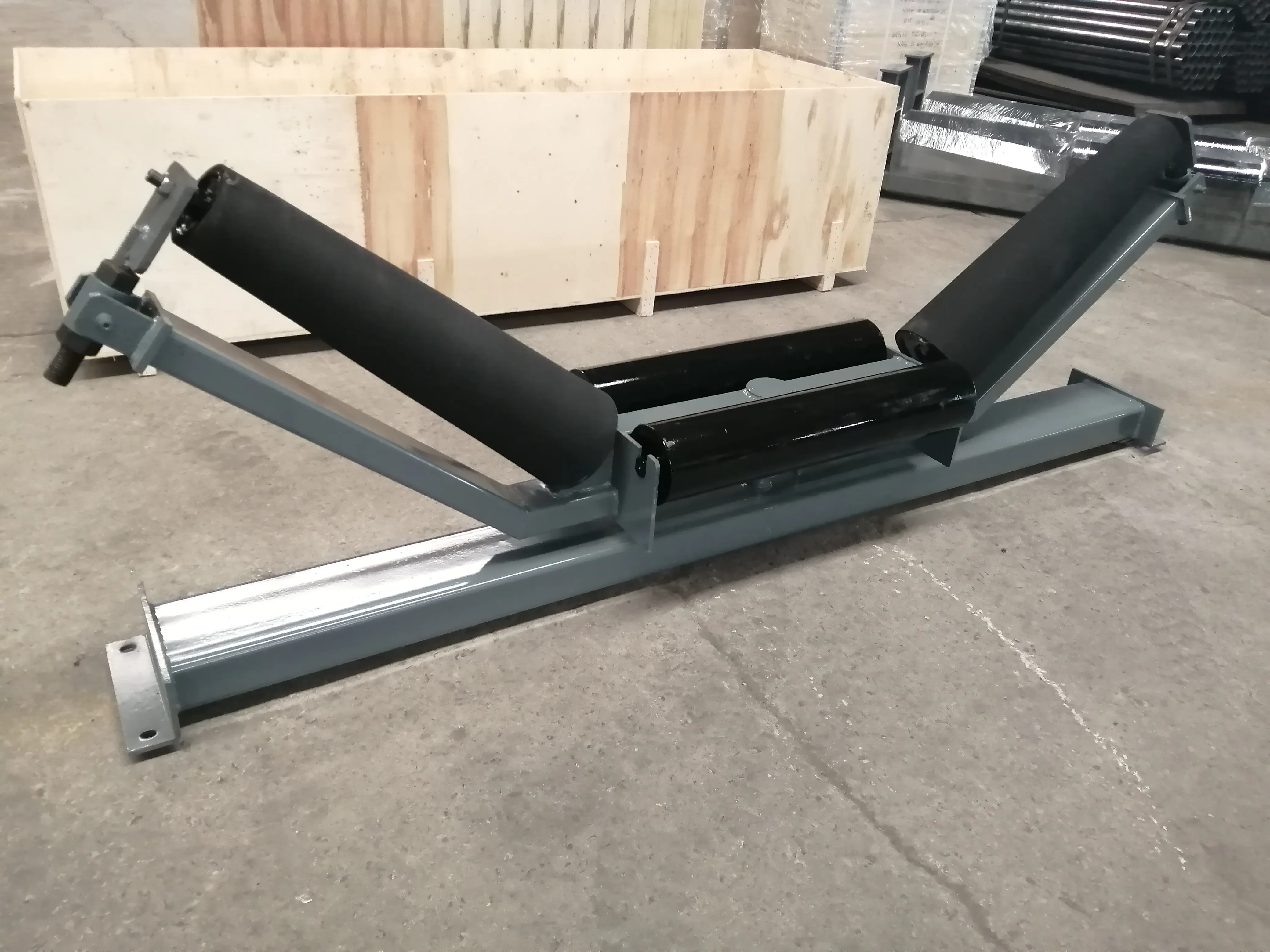 Afrikaans
Afrikaans  Albanian
Albanian  Amharic
Amharic  Arabic
Arabic  Armenian
Armenian  Azerbaijani
Azerbaijani  Basque
Basque  Belarusian
Belarusian  Bengali
Bengali  Bosnian
Bosnian  Bulgarian
Bulgarian  Catalan
Catalan  Cebuano
Cebuano  Corsican
Corsican  Croatian
Croatian  Czech
Czech  Danish
Danish  Dutch
Dutch  English
English  Esperanto
Esperanto  Estonian
Estonian  Finnish
Finnish  French
French  Frisian
Frisian  Galician
Galician  Georgian
Georgian  German
German  Greek
Greek  Gujarati
Gujarati  Haitian Creole
Haitian Creole  hausa
hausa  hawaiian
hawaiian  Hebrew
Hebrew  Hindi
Hindi  Miao
Miao  Hungarian
Hungarian  Icelandic
Icelandic  igbo
igbo  Indonesian
Indonesian  irish
irish  Italian
Italian  Japanese
Japanese  Javanese
Javanese  Kannada
Kannada  kazakh
kazakh  Khmer
Khmer  Rwandese
Rwandese  Korean
Korean  Kurdish
Kurdish  Kyrgyz
Kyrgyz  Lao
Lao  Latin
Latin  Latvian
Latvian  Lithuanian
Lithuanian  Luxembourgish
Luxembourgish  Macedonian
Macedonian  Malgashi
Malgashi  Malay
Malay  Malayalam
Malayalam  Maltese
Maltese  Maori
Maori  Marathi
Marathi  Mongolian
Mongolian  Myanmar
Myanmar  Nepali
Nepali  Norwegian
Norwegian  Norwegian
Norwegian  Occitan
Occitan  Pashto
Pashto  Persian
Persian  Polish
Polish  Portuguese
Portuguese  Punjabi
Punjabi  Romanian
Romanian  Russian
Russian  Samoan
Samoan  Scottish Gaelic
Scottish Gaelic  Serbian
Serbian  Sesotho
Sesotho  Shona
Shona  Sindhi
Sindhi  Sinhala
Sinhala  Slovak
Slovak  Slovenian
Slovenian  Somali
Somali  Spanish
Spanish  Sundanese
Sundanese  Swahili
Swahili  Swedish
Swedish  Tagalog
Tagalog  Tajik
Tajik  Tamil
Tamil  Tatar
Tatar  Telugu
Telugu  Thai
Thai  Turkish
Turkish  Turkmen
Turkmen  Ukrainian
Ukrainian  Urdu
Urdu  Uighur
Uighur  Uzbek
Uzbek  Vietnamese
Vietnamese  Welsh
Welsh  Bantu
Bantu  Yiddish
Yiddish  Yoruba
Yoruba  Zulu
Zulu Enhancing Conveyor System Efficiency with High-Quality Belt Conveyor Idlers
Conveyor belt idlers are a vital component in material transport systems, facilitating the smooth movement of belts and ensuring efficient transportation of bulk materials. The quality and proper function of idlers directly impact the overall performance and longevity of conveyor systems. This article delves into the significance of conveyor belt idlers, highlights the importance of investing in high-quality idlers, and provides valuable maintenance tips for extending their lifespan.

The Critical Role of Conveyor Belt Idlers in Material Transport
Conveyor belt idlers serve as support rollers for the belt, allowing it to rotate smoothly and transport materials effectively. These rollers play a crucial role in maintaining proper belt tension, alignment, and reducing friction. High-quality idlers ensure optimal belt performance, minimize belt wear, and enhance the overall efficiency of the conveyor system. They are designed to withstand the demands of various industrial environments, ensuring reliable and continuous operation.
Investing in Premium Idlers for Optimal Belt Performance
To achieve optimal belt performance, it is essential to invest in high-quality conveyor belt idlers. Premium rollers are designed with durable materials, such as high-grade steel , to withstand heavy loads and harsh conditions. Factors to consider when selecting idlers include the load capacity, diameter, material, and lubrication requirements. High-quality rollers reduce belt slippage, vibrations, and unnecessary wear, leading to improved efficiency and reduced downtime.
Maintenance Tips to Prolong the Lifespan of Conveyor Belt Idler Rollers
Regular maintenance of conveyor belt idler rollers is crucial for extending their lifespan and ensuring the reliability of the conveyor system. Routine checks should include inspecting for signs of wear, damage, or misalignment. Cleaning, lubrication, and replacement of worn-out rollers should be performed as needed to maintain optimal performance. It is also essential to monitor belt tension and alignment regularly to prevent unnecessary pressure on the idlers.
Conveyor belt idlers are a critical component in material handling systems, facilitating smooth belt movement and ensuring efficient transportation of goods. By investing in high-quality idlers and prioritizing regular maintenance, enterprises can achieve optimal belt performance, reduce downtime, and extend the lifespan of their conveyor systems. Proper selection and maintenance of idlers are essential for enhancing the overall efficiency and reliability of material handling operations.
-
Impact Roller for Belt Conveyor – Durable Solutions for IndustryNewsNov.24,2025
-
Rubber Conveyor Rollers – Quiet, Durable, Sealed BearingsNewsNov.24,2025
-
Industrial Conveyor Belt Rollers: Durable Solutions for Harsh EnvironmentsNewsNov.24,2025
-
Idler Rollers for Belt Conveyors | Durable, Low-Noise OEMNewsNov.24,2025
-
Durable Rubber Conveyor Belt Rollers for Industrial UseNewsNov.24,2025
-
Ceramic Lagging Conveyor Pulley – Anti-Slip, Wear-ResistantNewsNov.17,2025





























